June 18, 2025 | 01:52 GMT +7
June 18, 2025 | 01:52 GMT +7
Hotline: 0913.378.918
June 18, 2025 | 01:52 GMT +7
Hotline: 0913.378.918
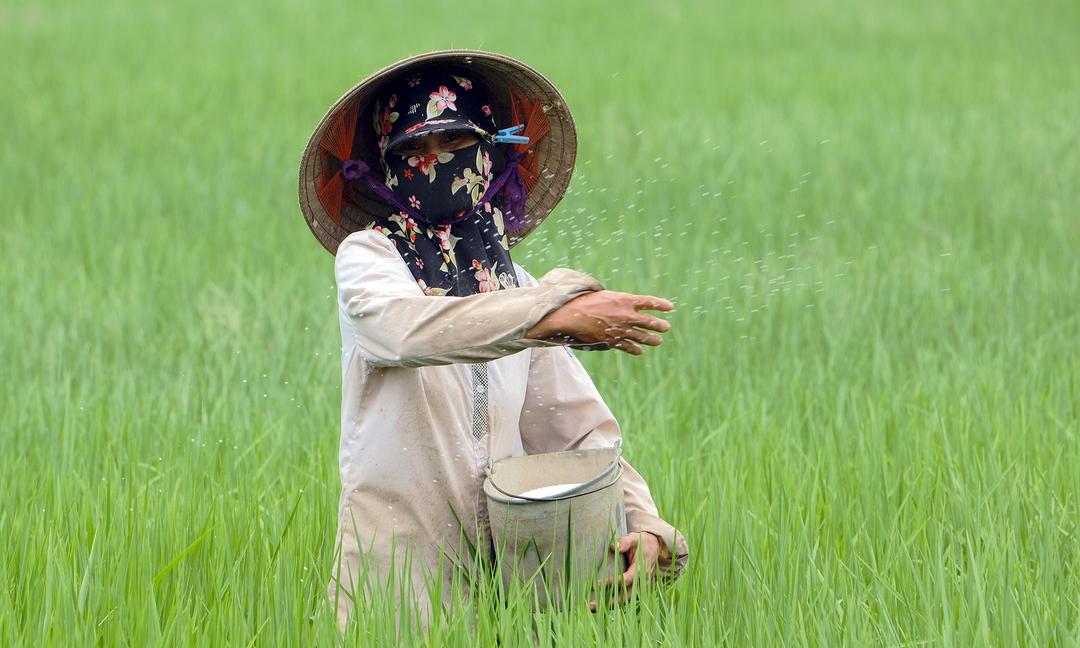
The agricultural sector is oriented to increase the proportion of organic fertilizers by 25% in the coming time.
MARD has established seven concrete goals, the most important of which is increasing the proportion of organic fertilizer products authorized for circulation by 25 percent compared to the total quantity of fertilizer products.
Hoang Trung, director of the Department of Plant Protection, reported that the proportion of organic fertilizer in the nation's overall fertilizer output climbed from 6.3% in 2017 to 23% by June 2022. At that time, more than 4,000 organic fertilizer products were authorized for distribution, an increase of more than eightfold.
The number of factories and the capacity to produce fertilizer rose by 1.7 and 1.4 times, respectively. The production of industrial organic fertilizer increased by a factor of 2.5.
Mr. Hoang Trung assessed: "This is a positive accomplishment and signal for agricultural production, as it reduces the pressure on providing plant nutrients at a time when the cost of inorganic and chemical fertilizers is rising."
In addition to the density aim, the agriculture industry worked to boost fertilizer production capacity by 1.25 times, or approximately 5 million tons per year. Compared to 2020, the number of organic fertilizers utilized in agricultural production grew by 1.5 times.
At the local level, one hundred percent of Central provinces and cities may conduct yearly fertilizer usage training courses for residents and proprietors of fertilizer trade businesses.
Typical models of organic fertilizer usage and affordable, balanced, and effective fertilizer use on nine main national crop groups are encouraged in the agricultural restructuring plan for 2021-2025.

Fertilizer prices have been complicated in the past few years due to strong fluctuations in the world market.
In the implementation plan, the MARD commits to reviewing, amending, supplementing, and constructing a new system of fertilizer standards and regulations, as well as perfecting the set of testing method standards for organic fertilizer quality parameters.
The ministry pledged to expedite registration for the circulation of organic fertilizer without testing in accordance with the legislation in order to increase the quantity and variety of fertilizer types.
It aims to stimulate the manufacture of high-quality organic fertilizers with rapid, effective, and user-friendly effects.
MARD fosters the development and use of self-produced organic fertilizers on industrial and home scales, on the basis of taking advantage of numerous and available by-products in plant and livestock production, aquaculture, agricultural product processing, and residential waste.
Besides, it also generates suitable conditions for research efforts, and imports of beneficial microbes to break down substrates to make microbial organic fertilizers from locally accessible raw materials.
In tandem with the diversification of organic fertilizer products, the MARD has prioritized and supported new registration or registration to expand and enhance capacity for factories and production facilities of organic fertilizer which are issued a certificate of production eligibility.
Organic fertilizer production technologies concentrate priorities on forces by promoting contemporary technology transfer.
Programs to guide the use of organic fertilizers, to use fertilizers sparingly, in a balanced and effective manner are advocated by the agricultural sector to be incorporated in the work programs and plans for reforming the industry in the areas.
To raise people's awareness, the Ministry directs to develop of more processes and guidelines to encourage household-scale production, farms, cooperatives, enterprises, and cooperative groups for production and use of organic fertilizers on the basis of exploiting available and on-site raw materials; use fertilizers sparingly in raw material areas and large-scale agricultural production areas, especially in production linkages.
Balanced rates and procedures of fertilizer usage between organic and chemical will be explored and examined to boost the efficiency of fertilizer on the basis of increasing technologies.
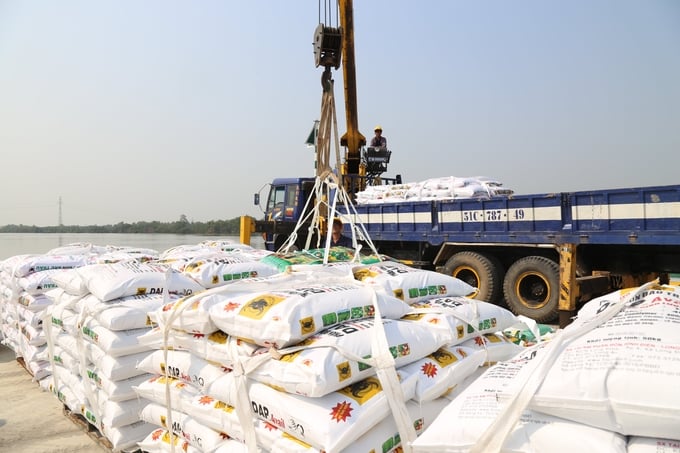
The Ministry of Agriculture and Rural Development said that there should be specific guidelines on the ratio of use between organic and inorganic fertilizers to achieve the best effectiveness in plant production.
MARD orients the issuing and instruction on fertilizer usage methodologically and suited for various types of soil, plants, and varied season crops.
Training courses on fertilizer usage, and economical, balanced, and effective application of fertilizers according to the idea of “5 rights” will be encouraged. Forms of training are established and developed depending on the outcomes of the real model to spread to the people.
With the responsibility of the focal point for state management of fertilizers, the Department of Plant Protection is tasked with supporting and creating favorable conditions for newly established establishments and establishments to expand their scale and increase the production capacity of organic fertilizer, inorganic fertilizer production facilities partially convert to organic fertilizer production, especially those applying advanced, modern technology and large capacity.
The department takes accountability in investigating, proposing, and ordering works of research, technical adoption transfer of environment-friendly fertilizer production, utilizing available materials from agricultural by-products, and organic ones in the processing industry and trash.
In addition, the Department of Plant Protection is also responsible for developing documents, communicating and guiding localities and businesses, training to change people's awareness and thinking about the role and long-term effects length of the use of organic fertilizers; guiding the rational, correct, economical, efficient, balanced use of fertilizers, increasing the use of organic fertilizers and organic materials.
Translated by Linh Linh
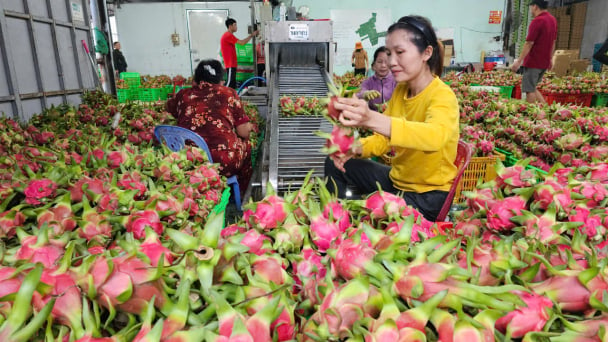
(VAN) According to the Binh Thuan Department of Industry and Trade, in the first five months of 2025, Binh Thuan's dragon fruit export turnover increased by 20.65% compared to the same period last year.
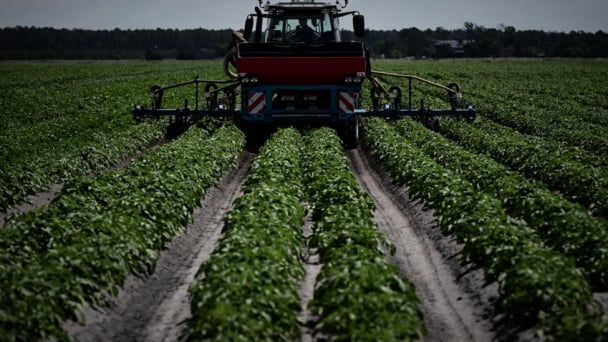
(VAN) EU countries on Thursday gave final approval to new tariffs on fertilizer imports from Russia, a move aimed at cutting off revenue that could support Moscow’s war in Ukraine, despite concerns from European farmers.

(VAN) The working delegation from the Ministry of Agriculture and Environment conducted an important trip to the Netherlands to strengthen strategic partnerships and sustainable development in the agricultural sector.
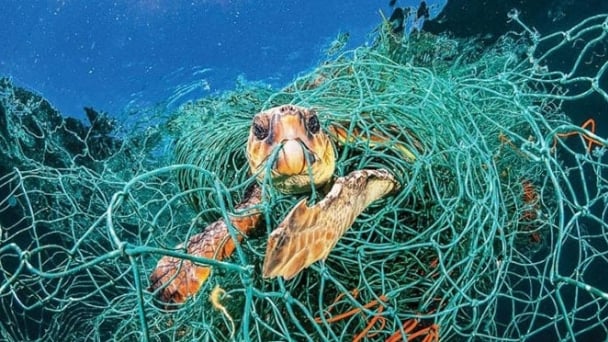
(VAN) The letter ‘A Plea from the Ocean’ not only evokes emotion but also awakens the human conscience to the responsibility of protecting life on Earth.
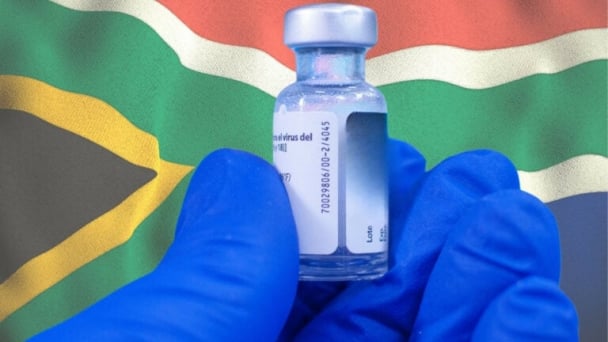
(VAN) The Department of Agriculture in South Africa has announced the country’s first mass vaccination of poultry to prevent local birds from contracting avian influenza.

(VAN) Establishment of the Mekong Delta Regional Agricultural Linkage Center, aiming for a closed value chain, deep processing, trading platforms, and international market connectivity.

(VAN) Gia Lai province has recently recorded 460 rare species of animals and plants, contributing to forest conservation and biodiversity planning in the region.